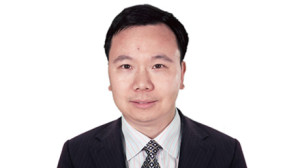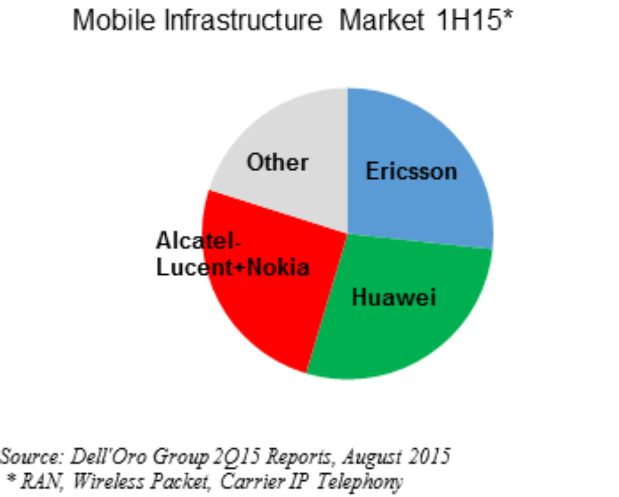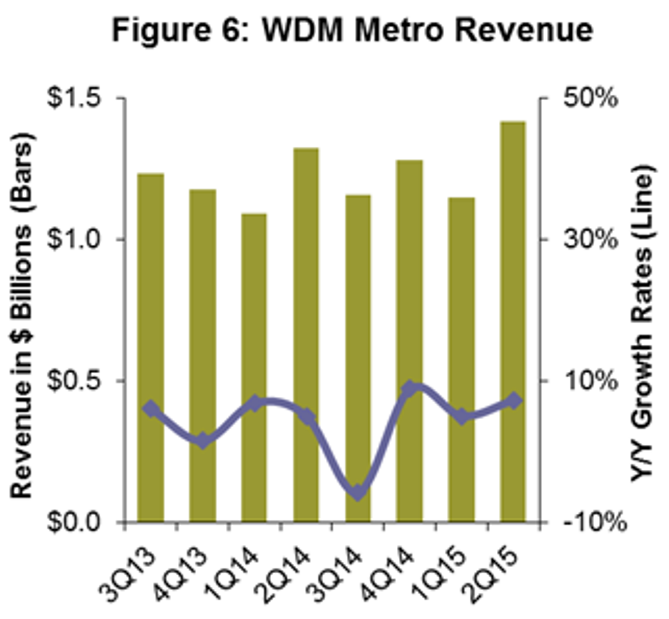TaiShang
ELITE MEMBER

- Joined
- Apr 30, 2014
- Messages
- 27,848
- Reaction score
- 70
- Country
- Location
Huawei is the largest telecommunication company in the world and an innovation power house. Hence, I thought it would be better to poll the information on Huawei under a thread.
Please do share your findings.
@AndrewJin , @Daniel808 , @Jlaw , @ahojunk , @onebyone
(Tagging just five as I read more than 5 would not reach the target).
***
Huawei Acquires British IoT Technology Provider

Chinese telecom device maker Huawei acquired Neul, a Britain-headquartered Internet of Things technology provider, for USD25 million.
As a company focusing on the research and development of Internet of Things technologies and products, Neul is known for its "Weightless" platform, which offers super-low energy consumption air interfaces for products like smart testers and street lights. It is a new wide-area wireless networking technology designed specifically for the Internet of Things, achieving coverage, battery life, module cost and efficiency goals that far out-reach today's GPRS, 3G, CDMA and LTE WAN solutions.
Huawei recently enhanced its investments in the British Internet of Things industry. The company previously invested USD125 million in the construction of a chip development lab in Bristol and they also promised that the company would make USD1.3 billion local investments in Britain.
The acquisition is a good deal for Neul, which will be able to take advantage of Huawei's resources to become a leading company in the Internet of Things sector; on the other hand, Huawei will benefit from the investment, which help the Chinese company gain an emerging technology with small costs in a foreign land.
Please do share your findings.
@AndrewJin , @Daniel808 , @Jlaw , @ahojunk , @onebyone
(Tagging just five as I read more than 5 would not reach the target).
***
Huawei Acquires British IoT Technology Provider
Chinese telecom device maker Huawei acquired Neul, a Britain-headquartered Internet of Things technology provider, for USD25 million.
As a company focusing on the research and development of Internet of Things technologies and products, Neul is known for its "Weightless" platform, which offers super-low energy consumption air interfaces for products like smart testers and street lights. It is a new wide-area wireless networking technology designed specifically for the Internet of Things, achieving coverage, battery life, module cost and efficiency goals that far out-reach today's GPRS, 3G, CDMA and LTE WAN solutions.
Huawei recently enhanced its investments in the British Internet of Things industry. The company previously invested USD125 million in the construction of a chip development lab in Bristol and they also promised that the company would make USD1.3 billion local investments in Britain.
The acquisition is a good deal for Neul, which will be able to take advantage of Huawei's resources to become a leading company in the Internet of Things sector; on the other hand, Huawei will benefit from the investment, which help the Chinese company gain an emerging technology with small costs in a foreign land.






